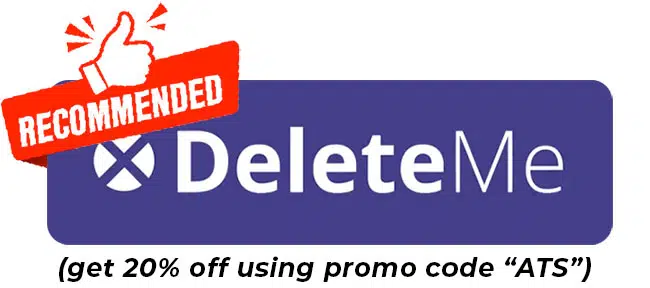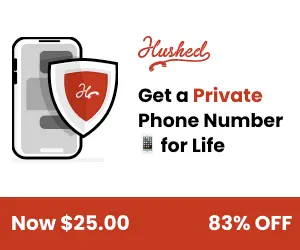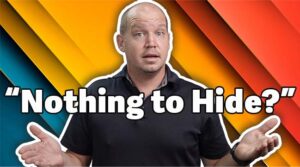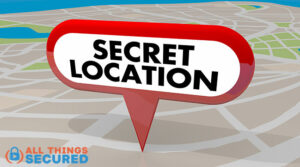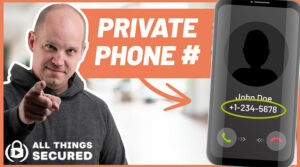If you value your personal privacy, protecting and hiding your home address should be a top priority. This is true whether you want to keep somebody from finding you or you simply want to hide your home address online. Thankfully, there are steps you can take based on three levels of privacy that fit your situation.
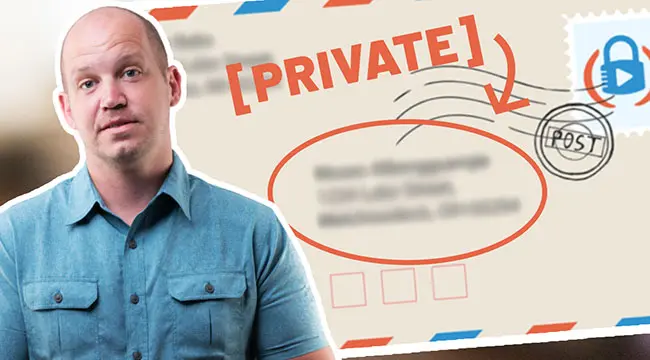
Key Takeaways
- Online people search sites and data brokers often display personal details like your address publicly. You can opt-out to remove it.
- Monitor your online accounts and do a web search for your address to find any additional listings to remove.
- Consider a virtual mailbox service to obtain a new mailing address and use it instead of your home. It’s more convenient than a PO box.
- For extreme privacy, explore setting up a legal trust to hold assets/property under its name, not yours.
- Be proactive in removing details from public listings. Don’t wait for unwanted prospects to show up announced at your doorstep.
There are so many different reasons – and very good reasons! – why you might want to learn how to hide your address from public records. You don’t have to be a celebrity to care about your right to your privacy.
The idea that anybody in the world can easily find you and show up on your doorstep can be unnerving.
Depending on your desired level of privacy, or paranoia, it might make sense to spend time making not only your home address private, but also your personal phone number private as well.
I want to discuss three different levels of privacy when it comes to hiding your home address.
3 Levels of Home Address Privacy
- The Reset (removing your address from online databases)
- The 2nd Virtual Address (purchasing a new virtual address)
- The Privacy Trust (for the truly paranoid)
My mantra with any type of security is this: every little step you take is a good step forward
Note: Some of the links in this article may be affiliate links, which means that at no extra cost to you, I may be compensated if you choose to use one of the services listed. I only recommend what I personally have used, and I appreciate your support!
Level 1: The Reset & Remove Your Home Address
To start, we need to take a hard look at how your home address is currently being used, both by you and by others.
For example, if you jump onto people search websites like WhitePages.com and search your name and current city, you’ll see what kind of personal info they have about you. I did this and found that they had my last known home address, last known phone number, and a few other pieces of info.
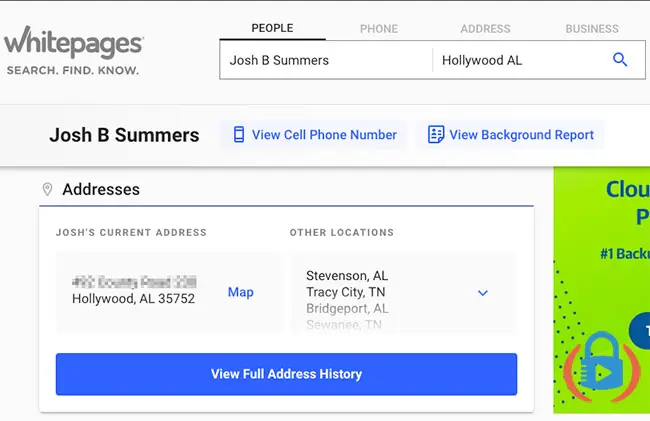
For free.
Readily available.
Step 1: Remove Home Address from Scraper Sites (500+)
I copied the URL to that personal page, visited the website’s Opt-Out page, and asked that they remove my listing, which they did within 24 hours.
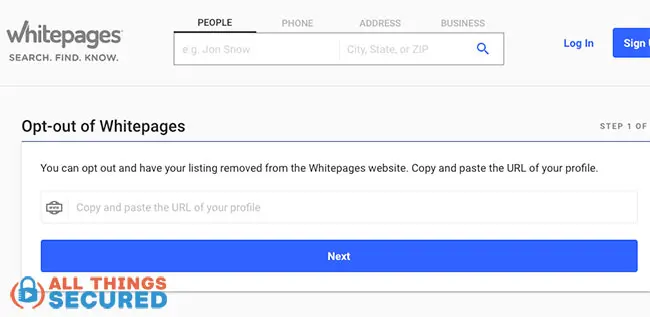
The good news is that the whole process took me 5 minutes. The bad news is that WhitePages isn’t the only one you need to worry about.
You need to check many similar people search sites and opt out of allowing your personally identifiable information to be displayed. Here are links to a couple of opt-out pages for some popular services:
COMPLETELY Remove Your Personal Data
500+ data brokers collect and sell this kind of personal data. Instead of trying to find all such data broker sites, I recommend using a service like DeleteMe to do it for you. Use the promo code ATS to get 20% off.
I’ve personally used this service and did a full review of DeleteMe here.
Step 2: Monitor & Scrub Your Home Address from Your Accounts
It’s also recommended that you check google search results or set up a Google Alert with your name in quotation marks and a portion of your address in quotation marks to see where else your address might be available.
In most cases, social media platforms dominate the initial search results on the Google search engine. To safeguard against internet scraping, consider making your social media accounts private. If that’s not feasible, avoid geo-tagging your posts to prevent leaving any location traces.
The next half of this first step is to find places where you have listed your own address, whether that’s on social media posts, with Google or other search engines, or even with your bank, and to change it.
Of course, changing the address requires you to have a different address you can use.
And that’s where level two of how to hide your home address comes in.
Level 2: Rent a New Virtual Address
As part of level two, which is a key element of becoming more anonymous online, we’re going to acquire a new, somewhat anonymous address we can use instead of our real home address.
Some people recommend a P.O. box, but personally don’t like this option because:
- It limits what kind of mail I can receive;
- It’s inconvenient. I don’t want to have to go pick up my mail somewhere else every week and I definitely don’t want to be constrained by when the post office is open or closed.
So the best option, in my opinion, or at least the one that I use, is known as a virtual mailbox.
A virtual mailbox is a digitized version of your physical mail.
Several companies offer this including Postscan Mail in the US or iPostal1 for international addresses, but I’ve been using one called Traveling Mailbox for the past six years and it’s been great.
And yes, these kinds of virtual addresses are safe – here’s how it works.
How a Virtual Address Works
You can dive into a full explanation of how virtual mailboxes work, but here’s a quick summary:
When I subscribe to the service I am given a real street address that can use to receive pretty much any kind of postal mail including:
- Magazines
- Letters
- Packages
- …or whatever else.
I can set it up under my personal name or my company name if I want extra privacy (or both, as you can see I did below).
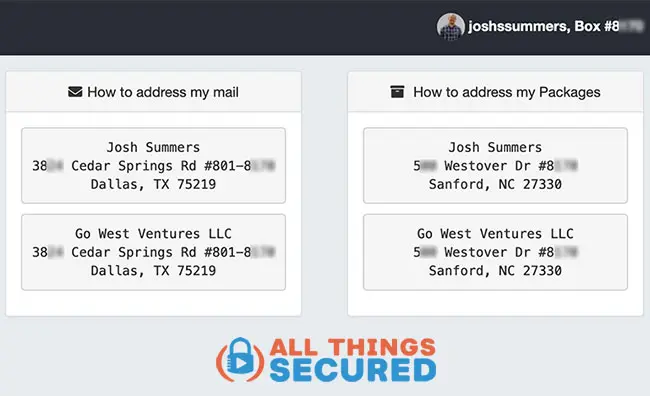
When mail is sent to that address, I receive a notification and an initial scan of the front of the piece of mail. I do this on an app on my phone, but you can also log into the website portal to do it.
This is what it looks like when I log in from my laptop computer…
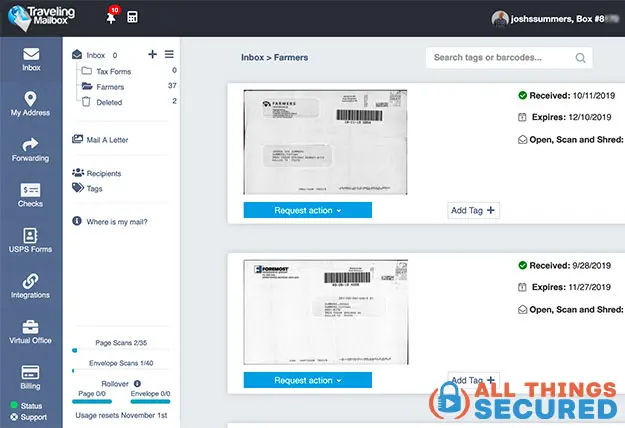
…or on my cellphone.
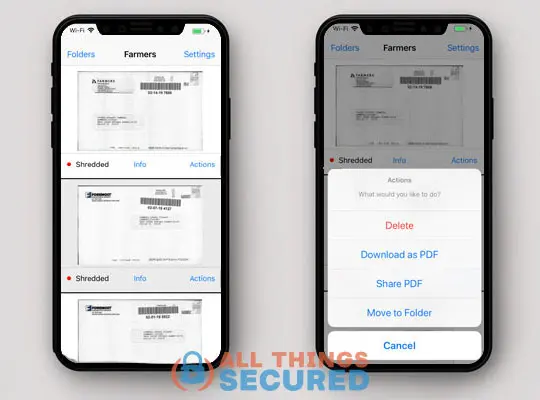
From there, pretty much all of these virtual address services can do a number of things for you including:
- Mail scanning (opening and scanning the contents);
- Mail forwarding to anywhere in the world;
- Check deposit;
- Mail shredding;
As I’ve detailed in my Traveling Mailbox review, I can give out this new address and still have control of the mail that goes there. And best of all, my home address is completely hidden in the process.
Get Your Own Virtual Address
Get special discount pricing here:
As you can imagine, there is a fee involved in having this second address, but I’ve found it to be worth the extra privacy and control, especially as somebody who lives overseas.
Right now, the only time I give out my real address is if I’m working with the government or I’m inviting somebody over to my house.
Level 3: The Privacy Trust to Hide Your Address (Paranoid!)
Ok, with these two steps done, you’re light years ahead of most people in regards to home privacy. But believe it or not, this rabbit hole keeps getting deeper.
Let me warn you that step three is not for the faint of heart. It requires a significant investment and a dedication to privacy that even I don’t have. But in some cases, it might be the right course of action for you and if that’s you, I recommend you connect with a legal expert to help along the way.
The foundation of this step is setting up a privacy trust that will hold most of your assets, from your personal residence to your car or any other vehicle.
This is the kind of strategy that many celebrities and wealthy people use to hide the location of their personal residence or even what they own. Because it’s not in their name, or using their home address.
It’s in the name of the trust.
Setting this up costs anywhere from about $5,000 and up, depending on a number of factors, and needs to be done by a legal professional. It’s also best to start when you’re in the process of moving to a new address, that whole idea of “starting fresh”.
Final Thoughts | Hiding Your Home Address
At the end of the day, in order to hide your home address the best thing you can do is get to a place where you never write down or give out your actual home address unless absolutely necessary.
If you follow the steps outlined here, at least the first two, that means two things:
- Scrubbing Your Address Online: Remove the address from your social media sites and any other accounts that don’t absolutely need to know where you live. This also means erasing your address from data mining sites, which is where a service like DeleteMe becomes invaluable (use promo code ATS for 20% off)
- Purchasing a New Virtual Address: Once you’ve removed your current address as best as you can, next you will need to purchas a virtual address that you can use from now on.
It’s not only a smart idea from a privacy standpoint, it’s also a very convenient way to control your physical mail and cut down on the spam. See how it looks here:
Be sure to subscribe to the All Things Secured YouTube channel!
